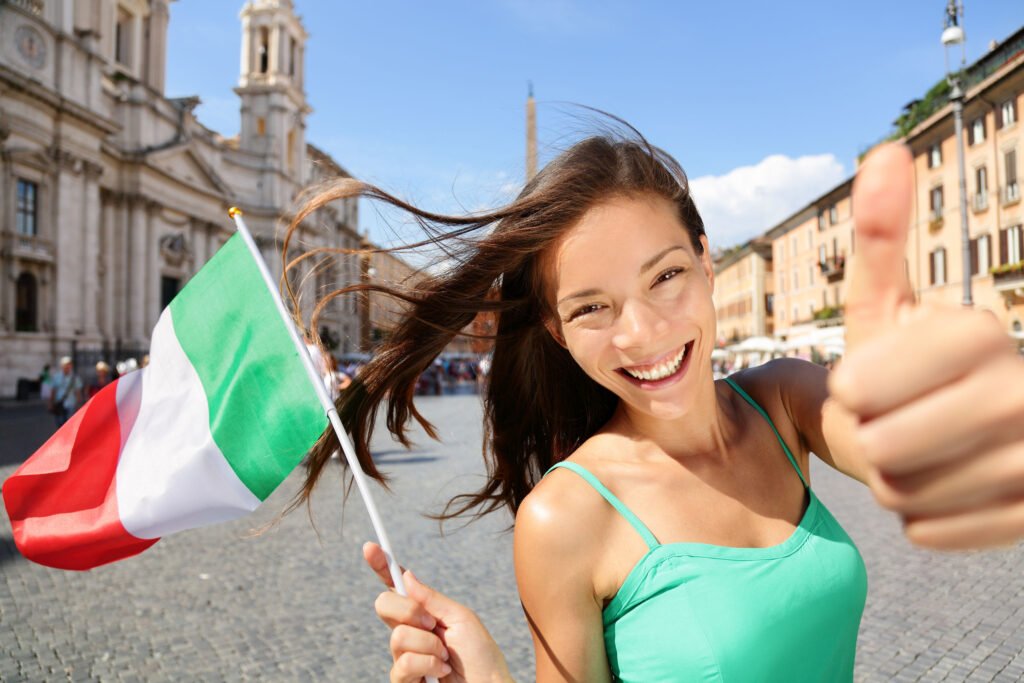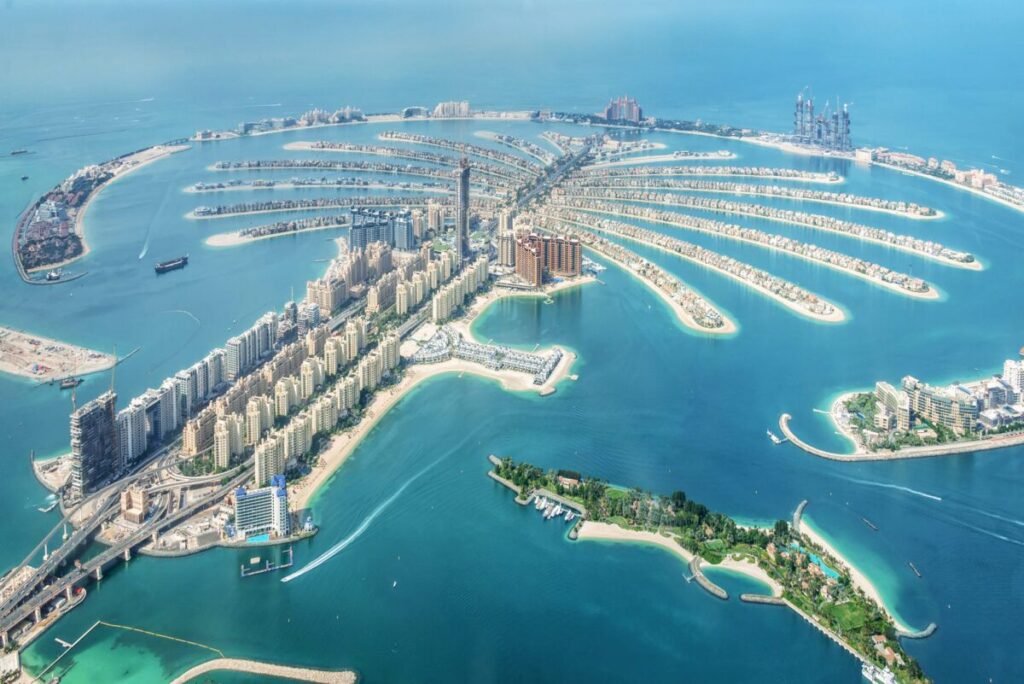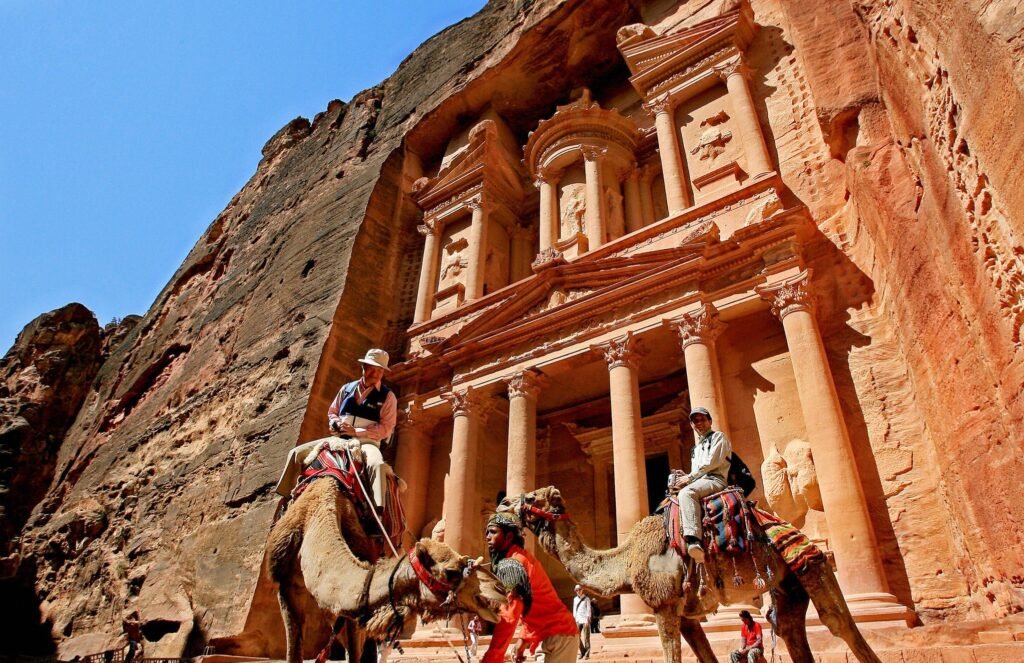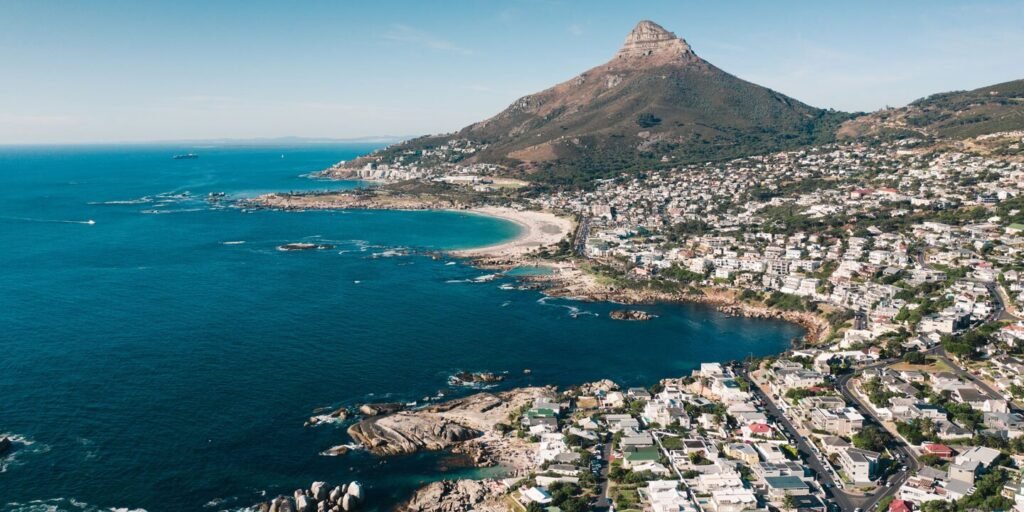Italy: The Cradle of Renaissance and Culinary Delight
Introduction:
Italy, officially known as the Italian Republic, is a country located in Southern Europe. It is bordered by France, Switzerland, Austria, and Slovenia to the north and surrounded by the Mediterranean Sea to the south. The country also includes the islands of Sicily and Sardinia. The capital city is Rome, which is also the largest city and a significant center for history, culture, and religion.
Italy’s geography is diverse, featuring mountains, such as the Alps and the Apennines, plains like the Po Valley, and a long coastline that boasts beautiful beaches. The climate varies from temperate in the north to Mediterranean in the south, providing an ideal environment for agriculture and tourism.
Economically, Italy is one of the world’s largest economies, known for its industrial sector, luxury goods, and agricultural products. It is a member of the European Union and uses the euro (EUR) as its currency. Italy is renowned for its automotive, fashion, and food industries, with brands like Ferrari, Prada, and Barilla being globally recognized.
Culturally, Italy has a rich heritage that has significantly influenced Western civilization, particularly during the Renaissance. Italian culture is characterized by its contributions to art, architecture, music, literature, and cuisine. The country is home to numerous UNESCO World Heritage Sites, reflecting its historical and cultural significance. Italian is the official language, and Roman Catholicism is the predominant religion.
Italy’s history is marked by its role as a center of the Roman Empire, the birthplace of the Renaissance, and its unification in the 19th century. The country’s historical legacy is evident in its ancient ruins, museums, and cultural traditions.
Politically, Italy is a parliamentary representative democratic republic. The President is the head of state, while the Prime Minister is the head of government. Italy is an influential member of various international organizations, including the United Nations, NATO, the European Union, and the G7.
Tourism in Italy is a major industry, attracting millions of visitors each year to its historical landmarks, stunning landscapes, and vibrant cities. Popular destinations include Rome, Venice, Florence, and the Amalfi Coast. Italy’s culinary traditions, artistic heritage, and scenic beauty make it a top destination for travelers.
110 Facts About Italy (2024)
Basic Information
| Category | Details |
|---|---|
| 1. Current Name | Italy |
| 2. National Name | Repubblica Italiana (Italian Republic) |
| 3. Former Names | Roman Empire, Kingdom of Italy |
| 4. Date of Establishment | March 17, 1861 (unification) |
| 5. Date of Independence | Not applicable (continuous existence) |
| 6. Leadership | President: Sergio Mattarella, Prime Minister: Giorgia Meloni |
| 7. Government Type | Parliamentary representative democratic republic |
Geography
| Category | Details |
|---|---|
| 8. Capital City | Rome |
| 9. Important Cities | Milan, Naples, Turin, Florence, Venice |
| 10. Land Area | 301,340 square kilometers |
| 11. Total Area | 301,340 square kilometers |
| 12. Neighboring Countries (Land) | France, Switzerland, Austria, Slovenia |
| 13. Neighboring Countries (Sea) | Croatia, Greece, Tunisia, Malta |
| 14. UNESCO World Heritage Sites | Colosseum, Venice, Florence (58 sites) |
| 15. UNESCO World Natural Sites | Dolomites |
| 16. Climate | Temperate in the north, Mediterranean in the south |
| 17. Biodiversity | Diverse flora and fauna, including the Italian wolf and Marsican brown bear |
| 18. Famous River | Po River |
| 19. Famous Mountain | Mont Blanc (shared with France) |
| 20. Coastline Length | 7,600 kilometers |
| 21. Major Islands | Sicily, Sardinia |
| 22. Longest River | Po River |
| 23. Highest Waterfall | Cascata del Toce |
| 24. Largest Lake | Lake Garda |
| 25. Largest Forest | Sila National Park |
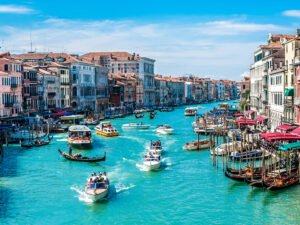

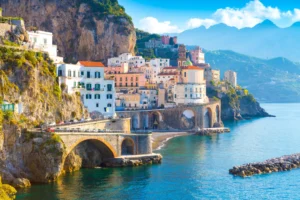
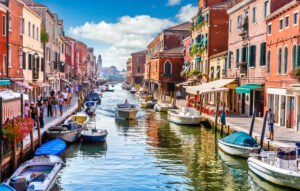
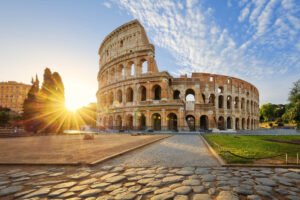
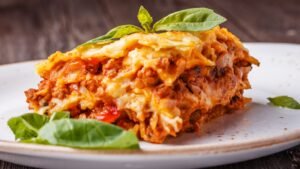
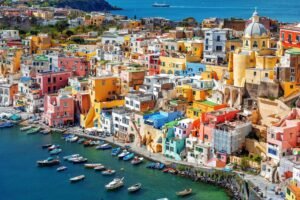
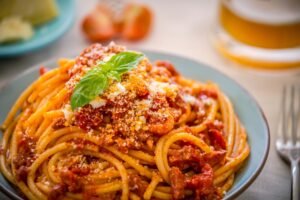
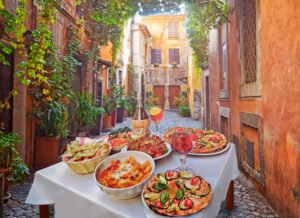
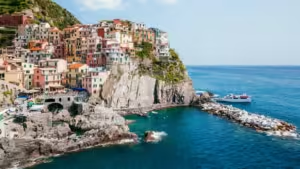


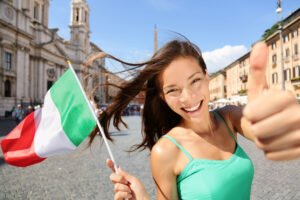
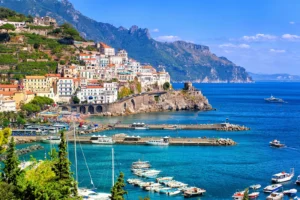
Population
| Category | Details |
|---|---|
| 26. Population (2024) | Approximately 59 million |
| 27. Population (1950) | 47 million |
| 28. Population (1900) | 34 million |
| 29. Projected Population (2070) | 52 million |
| 30. Population Density | 196 people per square kilometer |
| 31. Urban Population (%) | 69% |
| 32. Rural Population (%) | 31% |
Demographics
| Category | Details |
|---|---|
| 33. Ethnicity/Race | Italian (majority), others (including North African, Asian) |
| 34. Languages | Italian (official), regional languages (Sicilian, Sardinian) |
| 35. National Language | Italian |
| 36. Religion | Christianity (predominantly Roman Catholic) |
| 37. Median Age | 46.3 years |
| 38. Life Expectancy | 83.2 years |
| 39. Birth Rate | 7.6 births per 1,000 people |
| 40. Death Rate | 10.7 deaths per 1,000 people |
Economic Indicators
| Category | Details |
|---|---|
| 41. Monetary Unit | Euro (EUR) |
| 42. GDP | $2.1 trillion (2022 est.) |
| 43. GDP per Capita (PPP) | $41,200 (2022 est.) |
| 44. Income Level | High income |
| 45. Consumer Price Inflation | 8.6% (2022 est.) |
| 46. Current Account Balance | -$21 billion (2022 est.) |
| 47. Exchange Rate (Per $) | 1 USD = 0.92 EUR |
| 48. Unemployment Rate | 8.8% (2022 est.) |
| 49. Stocks Inward ($ billion) | 800 (2022 est.) |
| 50. Real GDP Growth (%) | 3.9% (2022 est.) |
| 51. Labor Force (Million) | 25 million |
| 52. Major Industries | Automotive, fashion, machinery, chemicals, food processing |
| 53. Major Exports | Machinery, vehicles, pharmaceuticals, metals, clothing |
| 54. Major Imports | Machinery, chemicals, oil, metals, foodstuffs |
| 55. Public Debt (% of GDP) | 144.6% (2022 est.) |
| 56. Tax Revenue (% of GDP) | 42.4% (2022 est.) |
| 57. Minimum Wage | No official minimum wage |
| 58. Average Household Income | $30,000 per year |
| 59. Inflation Rate | 8.6% (2022) |
| 60. Interest Rate | 0.0% (2022) |
| 61. Major Trade Partners | Germany, France, United States, Spain, Switzerland |
Social Indicators
| Category | Details |
|---|---|
| 62. Literacy Rate | 99.2% |
| 63. Fertility Rate | 1.24 children per woman |
| 64. Infant Mortality Rate | 2.6 per 1,000 live births |
| 65. Under-5 Mortality Rate | 3.4 per 1,000 live births |
| 66. National Holidays | Republic Day, Liberation Day, Christmas, Easter |
| 67. Health Care System | Universal healthcare system |
| 68. Health Expenditure (% of GDP) | 9.0% (2022 est.) |
| 69. Obesity Rate | 19.9% of adults |
| 70. Drinking Water Source | 100% of the population has access to clean drinking water |
| 71. Access to Sanitation | 100% of the population has access to improved sanitation facilities |
| 72. Average Life Satisfaction |
6.2/10 |
| 73. Major Health Issues | Cardiovascular diseases, cancer, diabetes |
| 74. Smoking Rate | 24.0% of adults |
Culture and Society
| Category | Details |
|---|---|
| 75. Famous People | Leonardo da Vinci, Michelangelo, Galileo Galilei, Sophia Loren |
| 76. Legal Marriage Age | 18 years |
| 77. Gender Inequality Index | 0.083 (2021) |
| 78. National Sport | Soccer |
| 79. Sport Achievements | Multiple FIFA World Cup wins, Olympic medals |
| 80. National Animal | Italian wolf |
| 81. National Fruit | Fig |
| 82. Famous Landmarks | Colosseum, Leaning Tower of Pisa, Venice Canals |
| 83. National Dish | Pizza |
| 84. Major Newspapers | Corriere della Sera, La Repubblica, La Stampa |
| 85. Major TV Channels | RAI, Mediaset, La7 |
| 86. Popular Music Genres | Opera, pop, classical |
| 87. National Theatre | Teatro alla Scala, Milan |
| 88. National Gallery | Uffizi Gallery, Florence |
| 89. Popular Festivals | Venice Carnival, Sanremo Music Festival, Siena Palio |
| 90. Average Internet Speed | 25 Mbps |
| 91. Most Popular TV Show | “Striscia la notizia” |
| 92. Most Popular Book | “The Divine Comedy” by Dante Alighieri |
| 93. Most Popular Sport | Soccer |
| 94. Most Visited Museum | Vatican Museums |
| 95. Largest Stadium | San Siro Stadium, Milan |
| 96. National Anthem | “Il Canto degli Italiani” |
| 97. Famous Historical Sites | Pompeii, Florence Cathedral, Roman Forum |
| 98. Major Brands | Ferrari, Prada, Gucci, Fiat |
| 99. Famous Foods | Pasta, gelato, risotto |
| 100. Famous Drinks | Espresso, Chianti wine, Aperol Spritz |
Education
| Category | Details |
|---|---|
| 101. Best Public University | University of Bologna |
| 102. Best Private University | Bocconi University |
| 103. Education Rank | 35th globally |
| 104. School Enrollment Rate | 97% for primary education |
| 105. Average Class Size | 21 students |
| 106. Notable Alumni | Enrico Fermi, Maria Montessori, Giorgio Napolitano |
| 107. Public Spending on Education | 4.1% of GDP |
| 108. Number of Universities | Over 100 |
| 109. Popular Study Abroad Destinations | United Kingdom, United States, Germany |
| 110. Literacy Programs | Extensive adult literacy programs available |
History
Italy’s history is marked by its role as a center of the Roman Empire, the birthplace of the Renaissance, and its unification in the 19th century. The country’s historical legacy is evident in its ancient ruins, museums, and cultural traditions.
The Flag of Italy
The national flag of Italy features three vertical bands of green, white, and red.
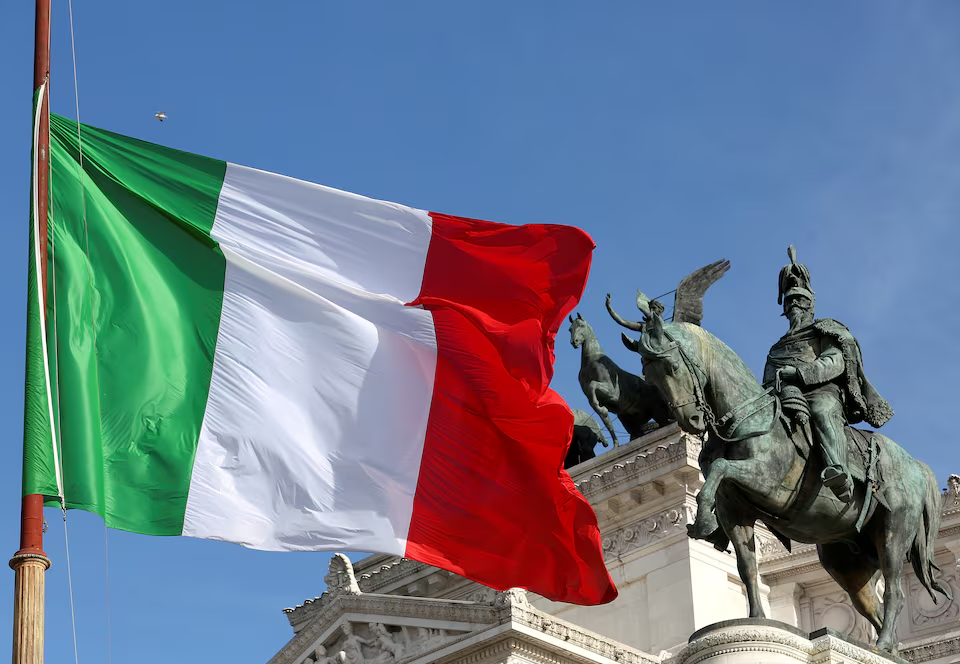
- Green: Represents the country’s plains and the hills.
- White: Symbolizes the snow-capped Alps.
- Red: Represents the bloodshed in the Wars of Italian Independence.
The flag symbolizes Italy’s rich natural beauty, its struggle for unification, and its national pride.
Top 10 Hunting Resorts in Asia
Asia offers a unique blend of hunting experiences, from the rugged mountains to dense forests,…
Top 10 Cheapest Hunting Destinations in the World
Hunting can be an expensive hobby, but there are several destinations around the world where…
Top 10 Most Expensive and Luxury Hunting Resorts in the World
For those seeking the ultimate luxury hunting experience, these destinations offer world-class amenities, exclusive game,…
Top 10 Most Expensive and Luxury Destinations in the World
Experience the Pinnacle of Opulence at These Luxury Travel Destinations For those seeking the epitome…
Top 10 Historical Reserves in the World
Explore the World’s Most Fascinating Historical Reserves Visiting historical reserves offers a unique glimpse into…
Top 10 Cheapest Travel Destinations in 2024
Explore These Budget-Friendly Cities Around the World Traveling on a budget doesn’t mean you have…
